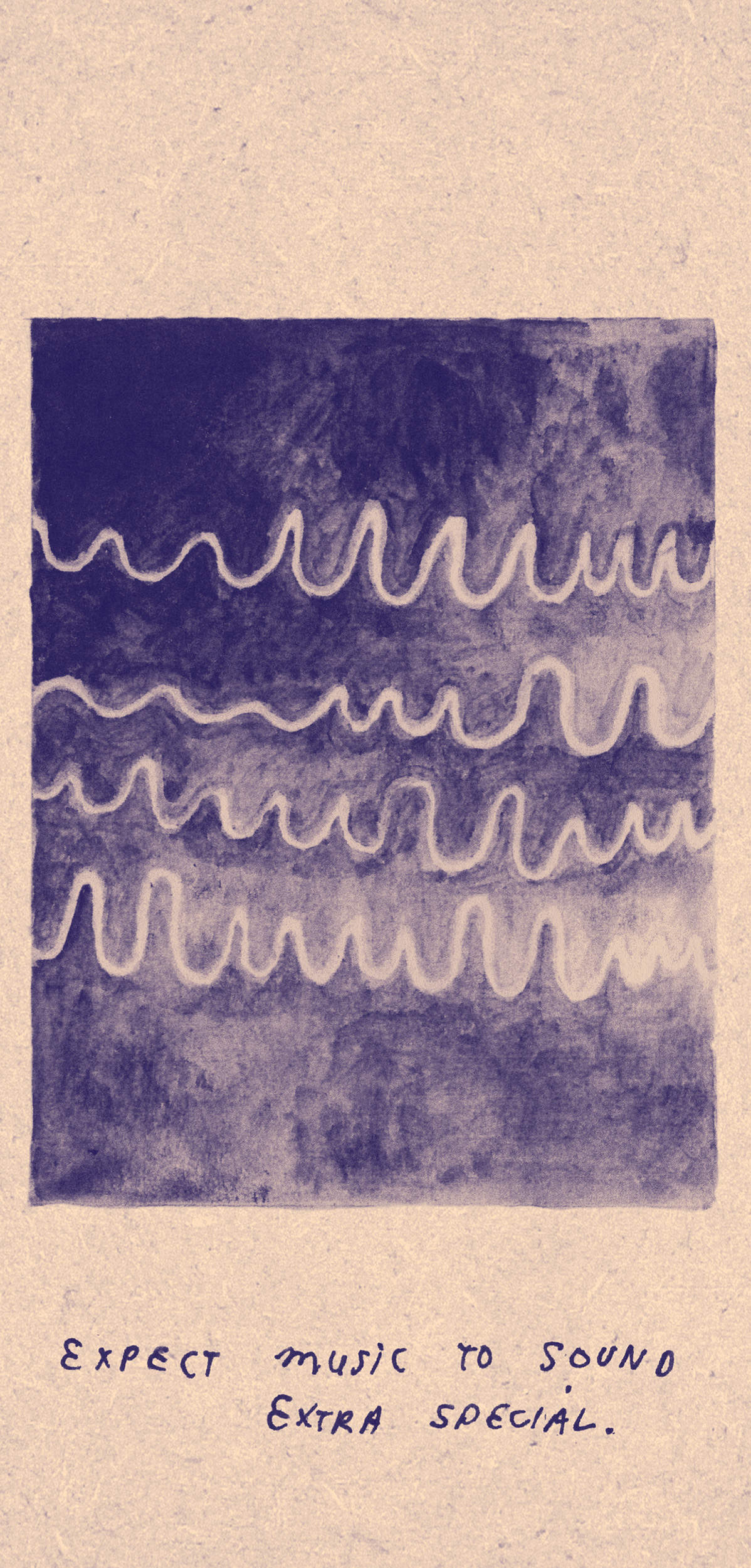BABY Audio’s TAIP is a unique plug-in. Lately, we’ve been exposed to some fantastic tape machine plug-in emulations, but TAIP takes it one step further by offering an AI-powered emulation that is incredibly intuitive, musical, and inspiring – perfect for sound designers, mixers, producers, and anyone wanting easy access to the fun side of working with tape.
Let’s start with how BABY Audio designed TAIP – after all, the words “AI” are right in the name. They tout an AI algorithm that is (according to their website) “Designed to decipher the invisible nuances of analog circuits.” They say that they feed their algorithm various training data relative to unprocessed audio. The AI learns the differences, which can then be applied to new audio as simulated tape sound. It makes sense to me, but how does it sound? Well, the first thing you’ll notice is that there are no GP9 or Ampex 456 modes to select because the point of TAIP isn’t to recreate a specific tape characteristic, formula, or machine; others have already done that to various degrees. Instead, TAIP takes the way that tape reacts when you hit it at various levels, then provides that to the user via a large Drive dial, complemented with various tone-shaping parameters. So, it’s less about recreating the Police’s Synchronicity or Steely Dan’s Aja, and more about the creative process of using the unique qualities of tape, quickly and intuitively, to take your sounds to another level.
In use, TAIP is a lot of fun. BABY Audio has nailed the explosive qualities of hitting tape hard and overdriving it into oblivion. For starters, you can drive your signal to get the desired amount of saturation or back it off for a cleaner tone. TAIP features auto gain to keep your level under control, or you can disable it to live dangerously. You can also crank up the output and hit TAIP’s brickwall limiter for something more bombastic. At the bottom of the GUI are eight options to sculpt your signal: NOISE, WEAR, GLUE, INPUT (level), MODEL, PRESENCE, HI-SHAPE, and LO-SHAPE. Several of those are self-explanatory, but it’s important to note that INPUT toggles between NORMAL and HOT modes; MODEL offers a SINGLE tape mode and a DUAL mode that runs your signal through a model of a duplicate tape deck for twice as much vibe. HI-SHAPE and LO-SHAPE adjust the bias of the drive to preserve portions of your signal or to attack them harder. Finally, a wet-dry slider becomes a tape flange control when you move the WEAR slider (which introduces wow and flutter). It should also be noted that the GLUE slider offers some super punchy compression even at fairly conservative input levels, should that be all you require. In all, it’s a pretty ingenious and straightforward set of controls that allows you to cannonball quickly into the deep end of tape saturation.
The most attractive of TAIP’s features is its price. On the surface, it may appear to be a one-trick pony of sorts, but TAIP offers versatility beyond its $69 price point, which is well worth the price of admission for this robust take on a classic phenomenon.




_disp_horizontal_bw.jpg)